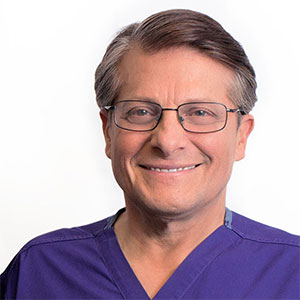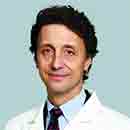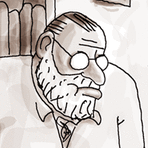Mayo Clinic Q&A: What is cardiac arrest?
Published in Health & Fitness
DEAR MAYO CLINIC: I’ ve heard about several people who have experienced sudden cardiac arrest. What is cardiac arrest? And how is it different from a heart attack? What do you do for someone who has this condition?
ANSWER: Cardiac arrest, or sudden cardiac arrest as it is more formally known, is a medical emergency. Think of it as a problem with the heart’s electrical activity. This synchronized electrical activity allows the heart to fill and pump blood normally. Sudden cardiac arrest can happen unexpectedly and quickly, and the heart stops working. It’s not the same as a heart attack, but it is just as critical that treatment occurs rapidly.
Cardiac arrest is when the heart cannot fulfill its duties, such as pumping oxygenated blood around the body to reach critical areas such as the brain and the rest of the body. It is sometimes called “sudden” because it seems to happen without warning. A person suddenly loses all heart activity, stops breathing and becomes unconscious. Without immediate treatment, sudden cardiac arrest can lead to death.
What causes cardiac arrest?
There are two types of ways a person has a cardiac arrest. The first is when no electrical activity stimulates the top or bottom of the heart muscle to squeeze. The second is when the heart's electrical activity is no longer synchronized and efficient but is chaotic and unable to pump blood. This is called ventricular fibrillation. Rapid, erratic heart signals cause the lower heart chambers to quiver uselessly instead of pumping blood. Certain heart conditions can make you more likely to have this heartbeat problem. Sudden cardiac arrest also can happen in people with no known heart disease.
What is the difference between cardiac arrest and heart attack?
When someone has a heart attack, it’s more of a plumbing problem. The major arteries that supply the heart with blood and oxygen get plugged up with a clot, causing a block in flow. The heart tissues are not getting oxygenated blood, so those tissues could die. Over time, this can lead to electrical problems like ventricular fibrillation and sudden cardiac arrest. In some instances, scar tissue after a heart attack can cause changes to one's heartbeat. When someone has a sudden cardiac arrest or sudden cardiac death, it could be a manifestation of a heart attack. But sudden cardiac arrest doesn't mean you necessarily have heart blockages.
Who is at risk of cardiac arrest?
The same heart conditions that increase the risk of heart disease can raise the risk of sudden cardiac arrest, including:
What do I do if I see someone in cardiac arrest?
Survival is possible for a person in cardiac arrest, but time is crucial. It is important to restore the rhythm as fast as possible with CPR and an automated external defibrillator ( AED ). Always call 911, but you can assist until help arrives.
A cardiac arrest could happen wherever and whenever in life — in a mall, at school or work. If someone passes out, you want to ensure they are breathing, have a pulse, and their heart is pumping. If their heart is not pumping, then start emergent CPR. Push hard and fast on the person’s chest — about 100 to 120 pushes a minute.
Often you will see AED machines hanging in hallways at a school, the office, in a restaurant or a stadium. Many people are familiar with them from TV, where patients are shocked by the device back into a normal rhythm.
Many people are nervous to use an AED because they are not medical professionals, but the device is meant for bystanders. The machine guides the user. It will recognize that the patient is not in a good rhythm. It will tell you to shock the heart.
The goal is to stabilize the patient by getting them back to a normal rhythm. This will restore blood flow to critical parts of the body, especially the heart and brain. — Christopher DeSimone, M.D., Ph.D., Cardiovascular Medicine, Mayo Clinic, Rochester, Minnesota
(Mayo Clinic Q & A is an educational resource and doesn’t replace regular medical care. This Mayo Clinic Q&A represents inquiries this healthcare expert has received from patients. For more information, visit www.mayoclinic.org.)
©2024 Mayo Foundation for Medical Education and Research. All Rights Reserved. Distributed by Tribune Content Agency, LLC.










Comments